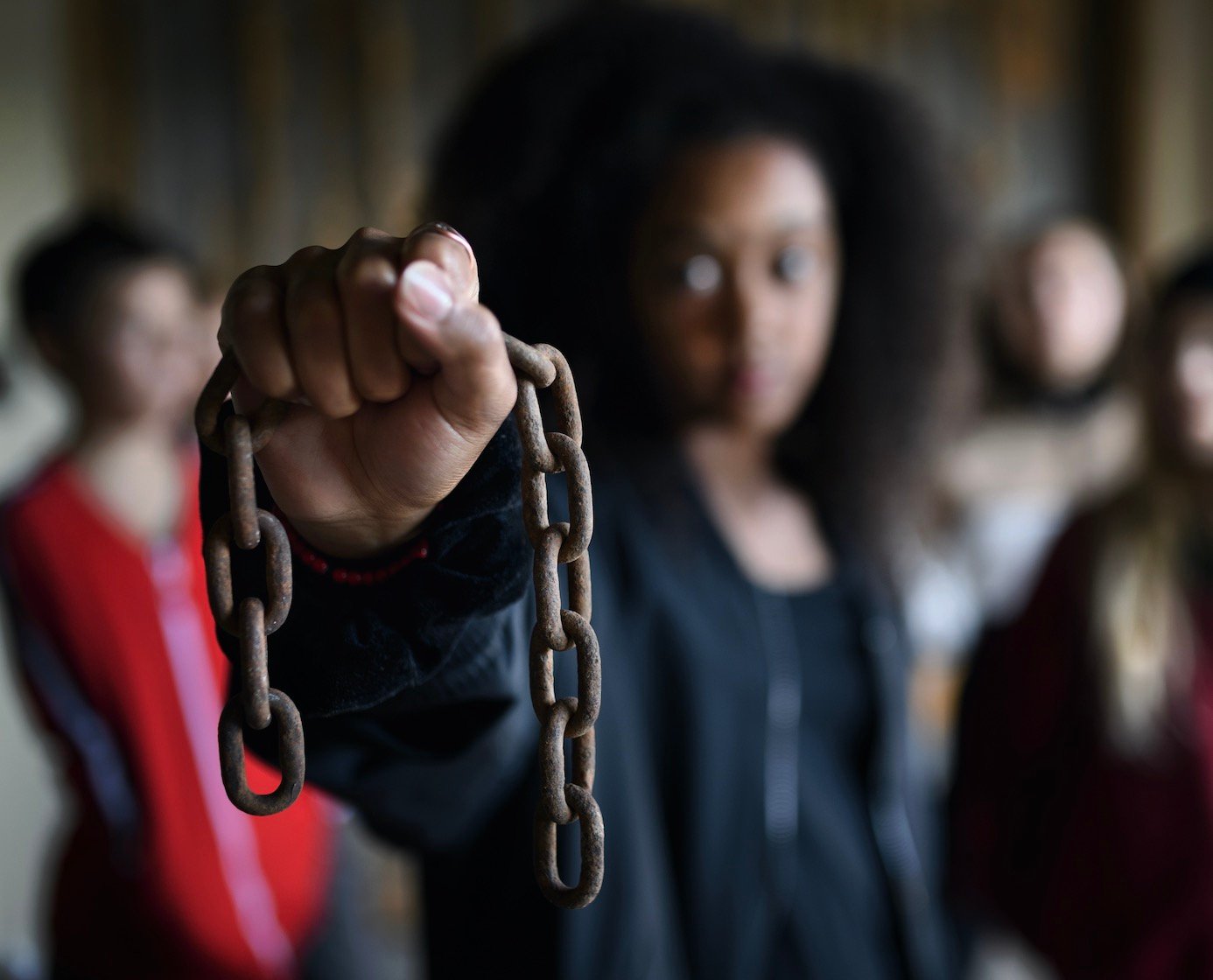Why is gender based violence always associated with women and children?
Gender-based violence is primarily associated with women and children due to historical and cultural norms that position men as dominant and women and children as vulnerable or subordinate. This association is reinforced by higher visibility and reporting rates for violence against these groups, as societal stigma often discourages men from reporting abuse, keeping male victimization underreported. Additionally, legal frameworks and advocacy efforts have traditionally focused on protecting women and children, further perpetuating this association in public perception and media representation.
Gender-based violence (GBV) is a pervasive issue globally, but its impact is profoundly felt in the South African context, where it is primarily associated with women and children. This article explores the underlying reasons for this association and suggests pathways for broader societal recognition and intervention.
Historical Context and Cultural Norms
In South Africa, like in many parts of the world, traditional gender roles have historically positioned men as dominant and women as subordinate. These roles are not only entrenched in family dynamics but also perpetuated through various cultural and societal norms. This imbalance of power inherently predisposes women and children to become more frequent victims of violence. Power dynamics, reinforced by historical apartheid legacies and economic disparities, further exacerbate women’s and children’s vulnerability to GBV.
Visibility and Reporting Bias
Data from South African police and health services show a higher reporting rate of GBV against women and children. This is partly because societal norms often stigmatize men who report abuse, perpetuating a cycle where male victims remain largely invisible. Thus, the association of GBV with women and children is not necessarily indicative of exclusivity but rather a visibility bias where male victimization remains underreported and under-discussed.
Legal Frameworks and Advocacy
The South African legal system and various advocacy groups have focused extensively on protecting women and children, which, while necessary, has also shaped public perception. Laws and policies specifically addressing the protection of these groups, such as the Domestic Violence Act and Children’s Act, reinforce the narrative that they are the most likely victims of GBV. While these legal protections are crucial, they also contribute to the societal perception that GBV is a problem primarily for women and children.
Media Representation

Media plays a significant role in shaping public perceptions of GBV. In South Africa, media coverage overwhelmingly portrays women and children as victims of such violence. This portrayal is crucial for awareness but can skew public understanding of GBV as being exclusive to these groups. The narrative needs to expand to include all victims, regardless of gender, to ensure a more inclusive approach to tackling GBV.
Proposed Shifts in Perception and Policy
To address the issue of GBV more holistically, it is crucial for policies and societal discussions to include men and other gender identities as potential victims. This approach will not only provide a more accurate picture of GBV but also promote a more inclusive response mechanism.
Additionally, education systems should incorporate gender sensitization from an early age, teaching children about healthy relationships, consent, and respect for all individuals regardless of gender. Public awareness campaigns should also strive to present a balanced view of GBV, highlighting stories of all victims to foster a more inclusive environment.
The predominant association of GBV with women and children in South Africa has deep historical, cultural, and systemic roots. By broadening the narrative to include all potential victims and adjusting legal and societal frameworks accordingly, South Africa can foster a more equitable society where GBV is addressed in all its forms, protecting every individual’s right to safety and dignity.
Did You See These?
Disclaimer
The content presented on this website was originally created by the team at Legal Advice. All information related to legal firms and legal matters is based on "User Submitted Data", and or publicly accessible data available from more than one online sources. Should you have any concerns or disputes about the information provided, please feel free to reach out to us at hello@legaladvice.org.za.

